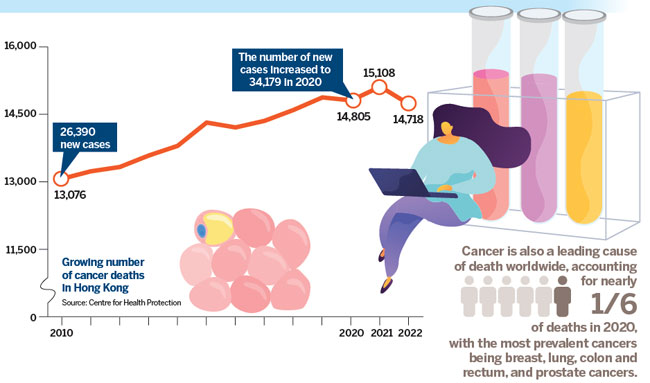### Cancer on PET Scans Images: Understanding the Visual Indicators of Tumor Activity
When it comes to diagnosing cancer, medical imaging plays a crucial role, and among the various imaging techniques, PET (Positron Emission Tomography) scans……
When it comes to diagnosing cancer, medical imaging plays a crucial role, and among the various imaging techniques, PET (Positron Emission Tomography) scans are particularly noteworthy. Cancer on PET scans images offers a unique perspective on how tumors behave within the body, providing invaluable information for both diagnosis and treatment planning.
#### What is a PET Scan?
A PET scan is a non-invasive imaging test that helps doctors observe metabolic processes in the body. It involves injecting a small amount of radioactive material, known as a tracer, which emits positrons. These positrons interact with electrons in the body, producing gamma rays that are detected by the PET scanner. The resulting images reveal areas of high metabolic activity, which often correspond to cancerous tissues.
#### The Importance of Understanding Cancer on PET Scans Images
Understanding what Cancer on PET scans images reveal can significantly impact patient outcomes. Tumors typically exhibit higher metabolic rates than normal tissues, making them more visible on PET scans. This characteristic is crucial for identifying cancer, assessing its stage, and monitoring treatment response.

For example, a patient diagnosed with lung cancer may undergo a PET scan to determine whether the cancer has spread to nearby lymph nodes or other organs. The images can reveal hotspots indicating active tumor sites, guiding the oncologist in making informed decisions regarding treatment options such as surgery, chemotherapy, or radiation therapy.
#### Interpreting PET Scan Images
When interpreting Cancer on PET scans images, radiologists look for specific patterns. Areas of increased uptake of the radioactive tracer often indicate the presence of cancerous cells. However, not all hotspots are cancerous; some may represent infections or inflammatory processes. Therefore, it is essential to consider the patient's medical history and other diagnostic results when evaluating PET scan findings.
#### Advancements in PET Imaging

Recent advancements in PET scan technology have further enhanced the ability to detect cancer. Hybrid imaging techniques, such as PET/CT (Computed Tomography) and PET/MRI (Magnetic Resonance Imaging), combine the metabolic information from PET scans with the anatomical details from CT and MRI scans. This fusion of images provides a comprehensive view, improving diagnostic accuracy and treatment planning.
#### The Role of PET Scans in Cancer Treatment
In addition to diagnosis, Cancer on PET scans images play a vital role in monitoring treatment efficacy. After initiating therapy, follow-up PET scans can reveal changes in metabolic activity within the tumor. A decrease in metabolic activity may indicate a positive response to treatment, while stable or increased activity could suggest resistance or progression of the disease.
#### Conclusion

In summary, Cancer on PET scans images are an essential tool in the oncologist's arsenal, providing critical insights into the presence, stage, and response of cancer. As technology continues to advance, the accuracy and utility of PET imaging will only improve, further enhancing patient care. Understanding these images empowers patients and healthcare providers alike, fostering informed decisions in the fight against cancer.
By familiarizing yourself with the significance of Cancer on PET scans images, you can better navigate your cancer journey, whether for yourself or a loved one. Always consult with healthcare professionals to interpret these images accurately and to understand the next steps in your treatment plan.